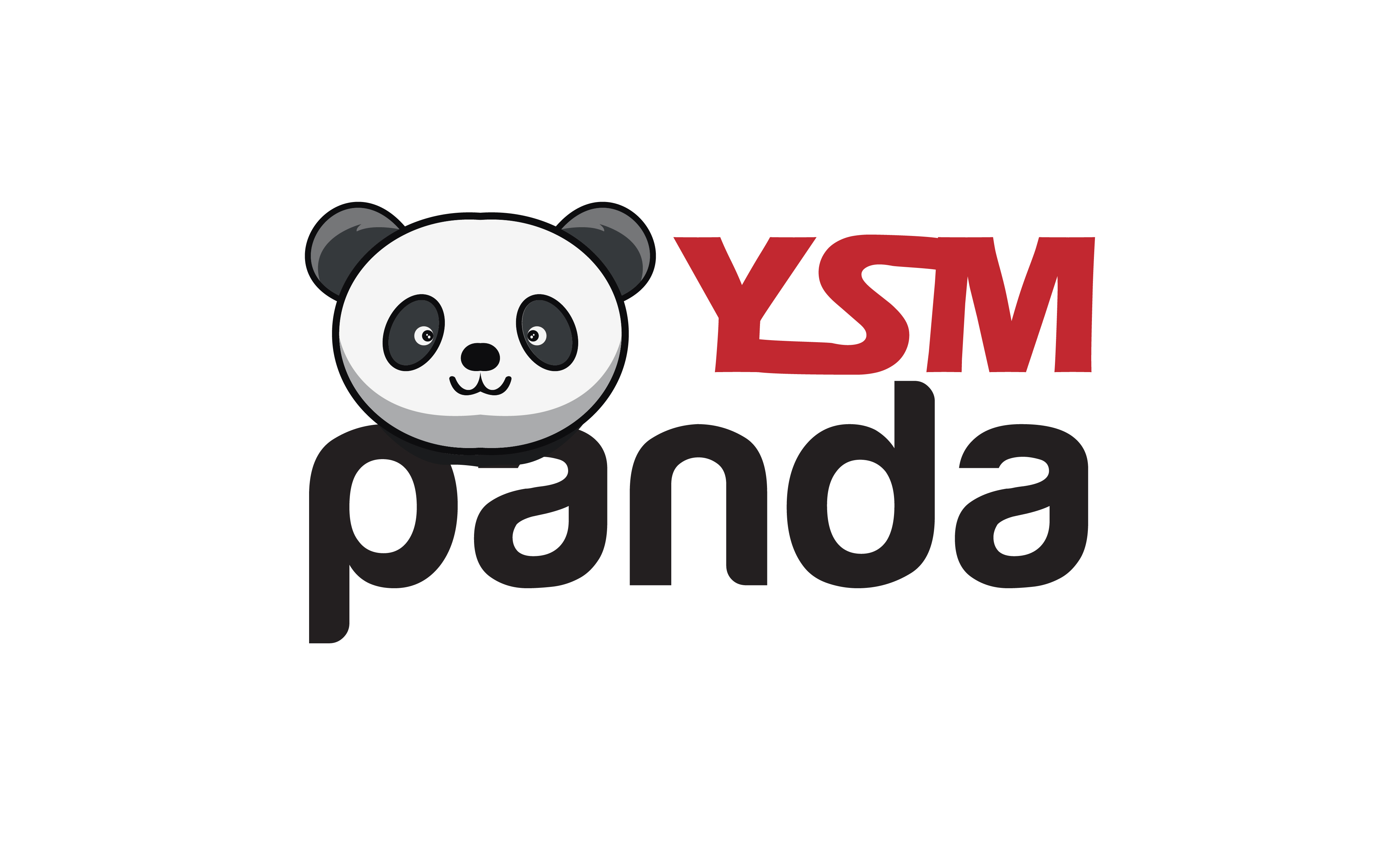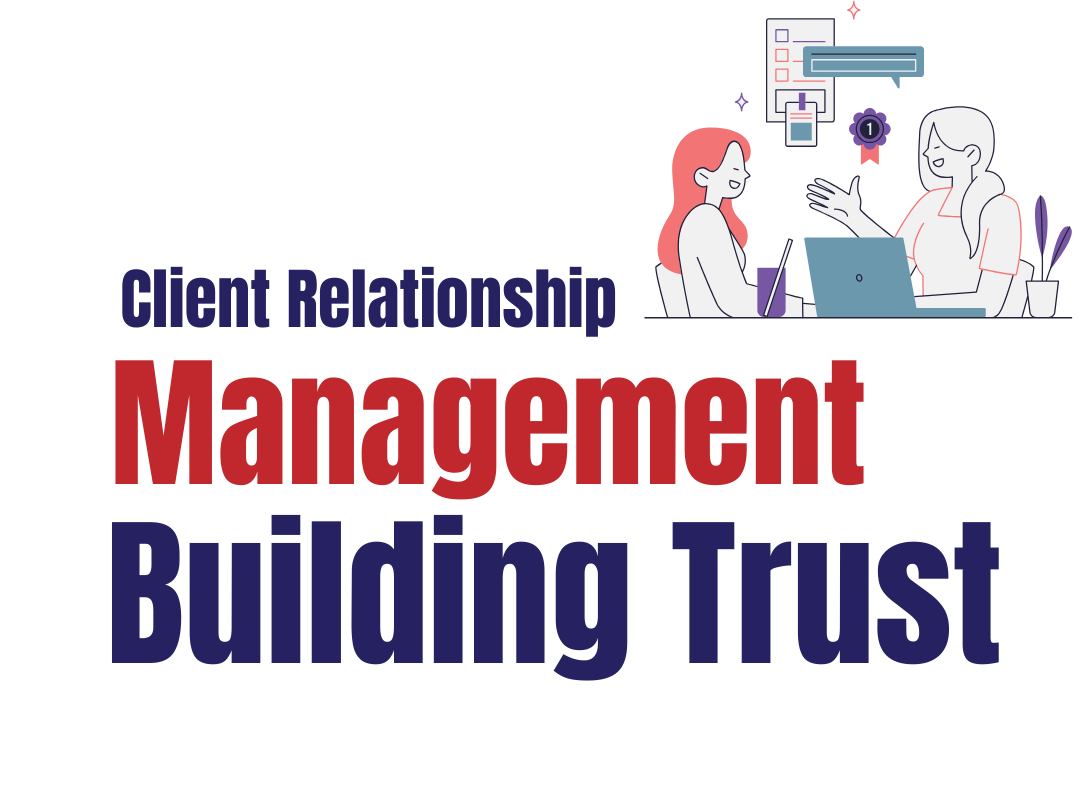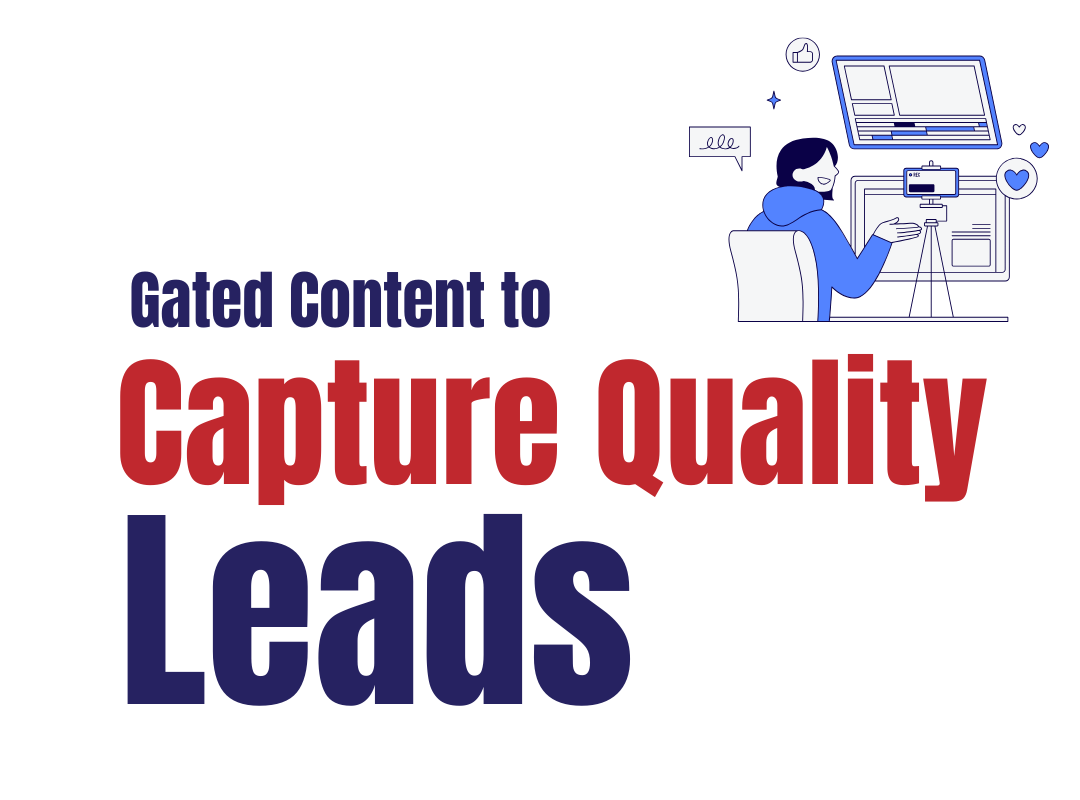🌱💸Organic vs. Paid Marketing: Which Works Better and Why?
💼💡In today’s competitive digital landscape, one common question arises: Should businesses focus on paid marketing or organic marketing? Both strategies offer unique advantages, and choosing the right one depends on your goals, timeline, and budget. This blog explores the pros and cons of each approach and helps you determine the best fit for your business.
What is Paid Marketing? 💰📢
Paid marketing, also known as pay-per-click (PPC), involves purchasing ad space across various digital platforms to boost visibility and drive traffic. These ads are commonly displayed on search engines, social media channels, and websites.
Examples of Paid Marketing:
🔍 Google Ads (Search and Display)
📱 Social Media Ads (Facebook, Instagram, LinkedIn)
🖥️ Display Ads (banners on websites)
🤝 Sponsored Content (influencer or brand collaborations)
Benefits of Paid Marketing:
⚡ Instant Results: Get immediate traffic and engagement once ads are live.
🎯 Targeting Precision: Define your audience by location, interests, behavior, and more.
📈 Scalability: Easily manage and adjust budgets based on performance.
🎯 Custom Goals: Align campaigns with specific business objectives (sales, leads, awareness).
Challenges of Paid Marketing:
💸 Higher Costs: Continuous investment is needed to maintain results.
⏳ Short-Term Impact: Traffic usually stops once the budget runs out.
😵 Ad Fatigue: Overexposure to the same ad can reduce effectiveness.
What is Organic Marketing? 🌱📣
Organic marketing relies on unpaid strategies to naturally attract and engage audiences over time. It includes content creation, SEO, and active engagement on digital platforms.
Examples of Organic Marketing:
🧠 Search Engine Optimization (SEO)
📝 Blog posts, videos, infographics
💬 Social media content and community engagement
📧 Email marketing (non-sponsored campaigns)
Benefits of Organic Marketing:
🆓 Cost-Effective: No ad spend required—investment is mainly in time and creativity.
🕒 Long-Term Results: High-quality content continues to bring value over time.
🤝 Builds Trust: Audiences often view organic content as more genuine.
🏆 Establishes Authority: Regular content helps position your brand as a thought leader.
Challenges of Organic Marketing:
⏱️ Time-Intensive: Results can take months to materialize.
🔄 Platform Algorithms: Changes in social media or search engine algorithms can impact reach.
🚫 Less Control: You can’t guarantee immediate exposure or virality.
Which Strategy Should You Choose? 🤔✅
The answer depends on your specific business needs:
🚀 If you need quick wins (such as launching a new product or boosting short-term sales), paid marketing is the way to go.
🌱 If you’re focused on long-term success, relationship building, and brand credibility, organic marketing should be your primary strategy.
💡 Pro Tip: The best digital strategies often combine both. Use paid marketing to generate initial traffic and leads while developing a strong organic presence to sustain growth.
Final Thoughts 🧭
“Both organic and paid marketing are powerful tools in a digital marketer’s toolkit. When used strategically, they complement each other and help businesses achieve both short-term results and long-term success. Assess your goals, test both approaches, and refine your strategy based on performance and ROI.”
📞 Need help with your organic or paid campaigns? Reach out to our team for a
Book Your Free Consultation
!





